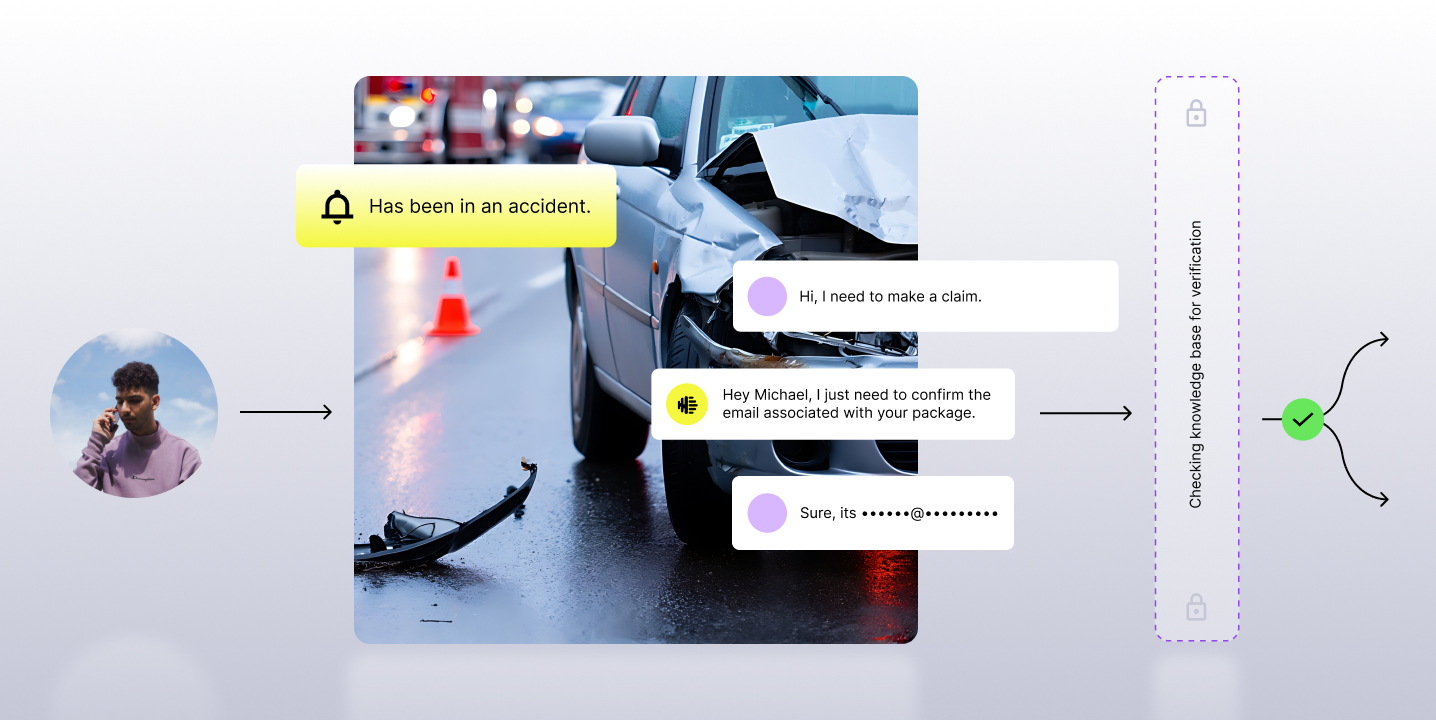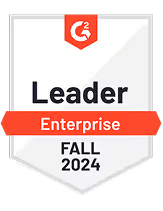With more than 35 years of customer experience under his belt, Mitch Mann knows a thing or two about what a successful contact center looks like. And for him, it all starts with the people and the culture.
In this Agent of Change Spotlight, Mitch discusses his bottom-up approach to leadership, shares his tips for creating and maintaining a great culture, and discusses the transformation of the contact center into a collaborative, revenue-generating organization.
Observe.AI: How did you get your start in the contact center industry?
Mitch Mann: About 35 years ago, right after my wife and I got married, I had a chance to go work for American Express. I was a supervisor for 5 years—it was probably the best learning ground that I ever had in terms of leadership. And that’s where I got my first foray into the contact center world. I kind of fell into it—and I loved it! After 30-plus years I'm still passionate about it. It's a people business at its core.
Observe.AI: Can you elaborate on that idea? How is the contact center a people business?
Mann: One of the misnomers about contact centers and customer services is that the human touch isn't that important anymore. I would argue that it is. My frontline advocates, we handle 40,000 interactions a month. You have to have the right people in the right roles, focusing on the right things. Ultimately, while we use technology to enable our business, we would not be successful and not be known as one of the best in the business if it weren't for our frontline people and the work that they do every day.
Observe.AI: What are some of the things that you have learned over the years in terms of training and people management? You have over 150 people on your team. How do you approach leadership for a team that size?
Mann: The frontline leaders are the most important in the contact center. You have to make sure you have the right leaders in those roles, and focus on the right things. You’ve got to set them up for success. Make sure you give them the tools and resources, and also make sure you're coaching in the right way. And your leaders are coaching their advocates in the right way.
I tell my team all the time that the org charts are inverted: I really serve them, and I'm the least important person on my team, because if I’m gone in 2 weeks the business will continue to run very, very well. But if my team doesn't show up, we won't be successful.
We're constantly looking at the entire employee life cycle—who we recruit, how we recruit, how we interview, how we onboard them, how we train them. How do we move them from training to production? What's the culture that we create together? Culture is by far the most important attribute in the contact center that drives everything else. Then you look at the supporting roles. Who are the trainers? And how are they training? What are the tools they are using? All of all those components are extremely important to the contact center.
.jpeg)
Observe.AI: You’ve mentioned the importance of collaboration across the contact center. What does that look like to you?
Mann: I call it the 3-legged stool: collaboration among supervisors, QA, and training. They have to be in concert with each other. The one thing I keep pushing on my team is the idea that trust changes everything. That's the one area that we have to work on: building trust across the leadership team.
Observe.AI: How do you build that trust to make sure the 3 legs of that stool are working together? What are some other ways to facilitate that collaboration across the contact center?
Mann: One, we have a book club. As a leadership team we have an assignment and we come together every month and we talk about it. The book that we're reading now is The Speed of Trust by Stephen M. R. Covey. We can bring the book, and we expect everybody to engage. It's like, What did you learn from it as a leader? How does it fit with our culture?
We do KPI reviews every month where the leadership team, the supervisors in particular, come and present their team performance. And we bring the QA and training leaders into that conversation so they can understand what we're doing and why we're doing it and how we're doing it. It’s good best-practice sharing, but it's also good for them to know that [training] is being reinforced on a day-to-day basis with coaching feedback.
I've been pushing an overall leadership development program through some different formats and different platforms. But I think at the end of the day, what I've learned in operations has been learned by doing. So [I think you also build trust and collaboration] by doing things that develop your people in a practical way. Give folks practical, on-the-job experience. Put them in special assignments. Walk a mile: have a supervisor spend a day with the QA team. And vice versa. The more they can see things through the lens of the other team member, the more we can develop that level of collaboration and trust.
Observe.AI: What are some of the traits that you look for when you're looking at hiring your frontline leaders?
Mann: There are 2 things that are going to help you be successful: your “what” and your “how.” Your “what” is your performance, your stats—you have to be at least meeting expectations. That’s table stakes. Your “how” is how you conduct yourself. And I'm a big believer in that a title does not make a leader. We look for those leaders that have the foundation of skills that align with our culture, of how we want to treat our people and who are coachable and accountable for both their performance and the performance of their team. And not just open to coaching, but seek it out and act upon it. They have a passion to serve.
Observe.AI: I imagine that finding the right people from the start is what’s contributing to your ability to promote from within so regularly.
Mann: One of the things we are really proud about is that we promote a lot from within. Maybe 90-plus percent. In the last 4 years, my organization has had over 100 promotions. It's not just within member services. It's outside now, into account management, IT, and finance. We want to be known as a feeder of talent. The ultimate goal isn't keeping talent within the member services. The ultimate goal is keeping talent in the organization. That's a great story to tell.
Observe.AI: How do you identify individuals for these promotions?
Mann: We do a 9-block analysis on all of our leaders, as well as team members. It's based on potential and performance. We put them in 9 different boxes. The ones in the top right are the ones with high potential or are stars. Those are the folks whom we look at for those next-level leadership opportunities.
We need to understand the folks in the top right. What are we doing to continue developing them? We create opportunities through training and online courses, through practical experience, even facilitating team huddles.
Observe.AI: Hiring from within helps promote a wonderful culture as well, because now you have people who are invested and have been there for a long time and understand the evolution of the company.
Mann: Absolutely. Culture trumps strategy every day of the week. If you don't have the right culture to back up [your strategy], you're not going to be successful.
I always tell my team, your culture will be as good as the worst behavior that you're willing to accept. I think part of being a servant leader is caring enough about your people to hold them accountable and challenge them to reach their potential. I will not shy away from having tough conversations, and I've had to make some tough decisions over the last couple of years, especially around leadership. No one person is more important than the team, and it all starts with me. I have to live this every single day, and be accountable to the same standards that I expect from my team.
Observe.AI: Let’s take a step back and look at your macro predictions for the contact center as we head into 2024. Are there certain trends that you're seeing? Are there things that you're being asked to pay attention to from a customer-experience perspective?
Mann: AI. This is a common thing, right? This is not anything new. But how can you continue to leverage technology to enable your business to drive efficiency and reduce cost?
The other thing I see is using that technology to handle the “easy” inquiries. We're going to use technology to weed out those easier transactions through self-serve or through chat or AI. And those more complex interactions are still going to require human intervention. I think that human intervention becomes even more critical to customer service.
Another trend is pivoting away from looking at a contact center as a cost center. I think too many organizations look at it as a cost center. When a new-hire class starts, I ask everybody to raise their hands if they’re in sales. No one raises their hand. Well, every one of us is in sales, because in a day we have 30,000 interactions to drive the value of Maxor to our clients and our members.
Change the mindset of the contact center to really being a profit center. Contact centers are not a necessary evil, but really a profit center and a revenue-generating differentiator for the organization.
Observe.AI: That’s such a great, critical point. What are some of the steps contact centers can take to shift the perception from cost center to revenue generator? Have you figured out any good strategies?
.jpeg)
Mann: You’ve got to build a strong brand internally through your performance, and then back it up through collaboration and strong partnership. Build credibility within the organization. Have a story to tell. You get in front of those folks. How can you serve them? What do they need?
I think the next step is to identify revenue opportunities, whether it's converting somebody into a member or client or potentially saving money.
But again, if you don't have a strong story to tell, and you don't have internal advocates in sales and account management, you’re not going to go far.
















